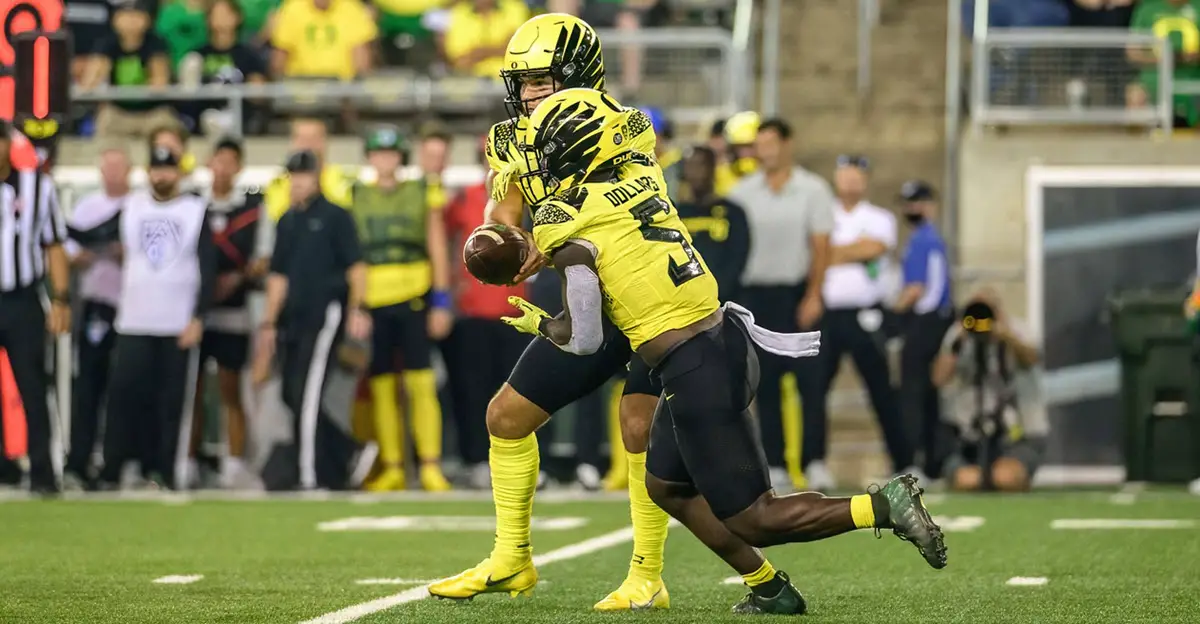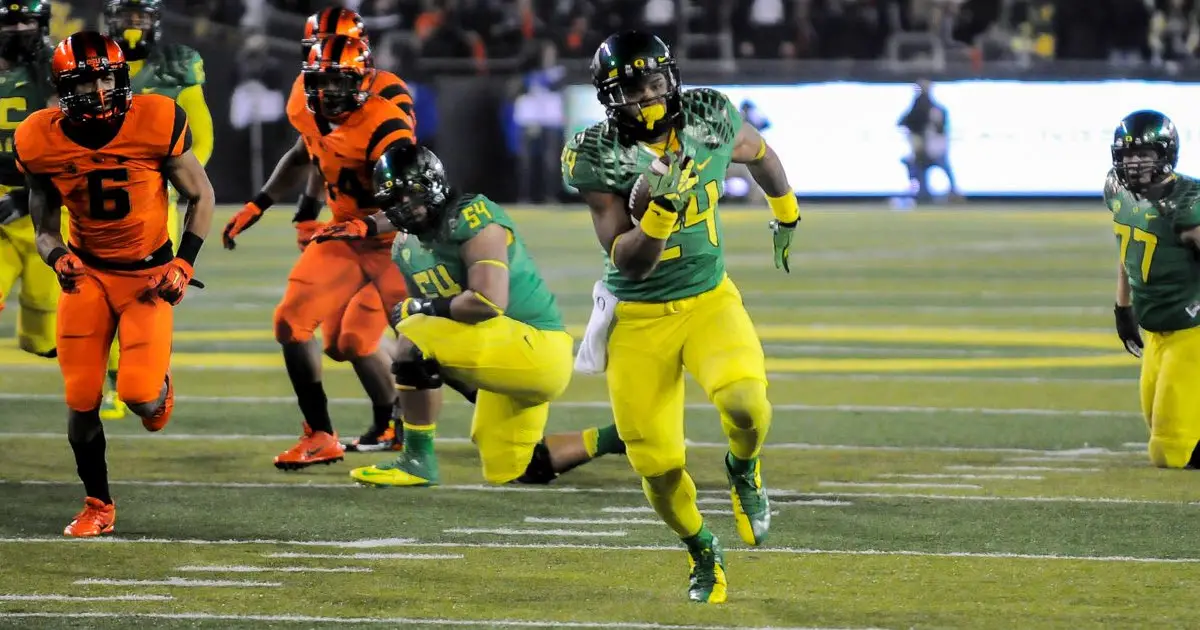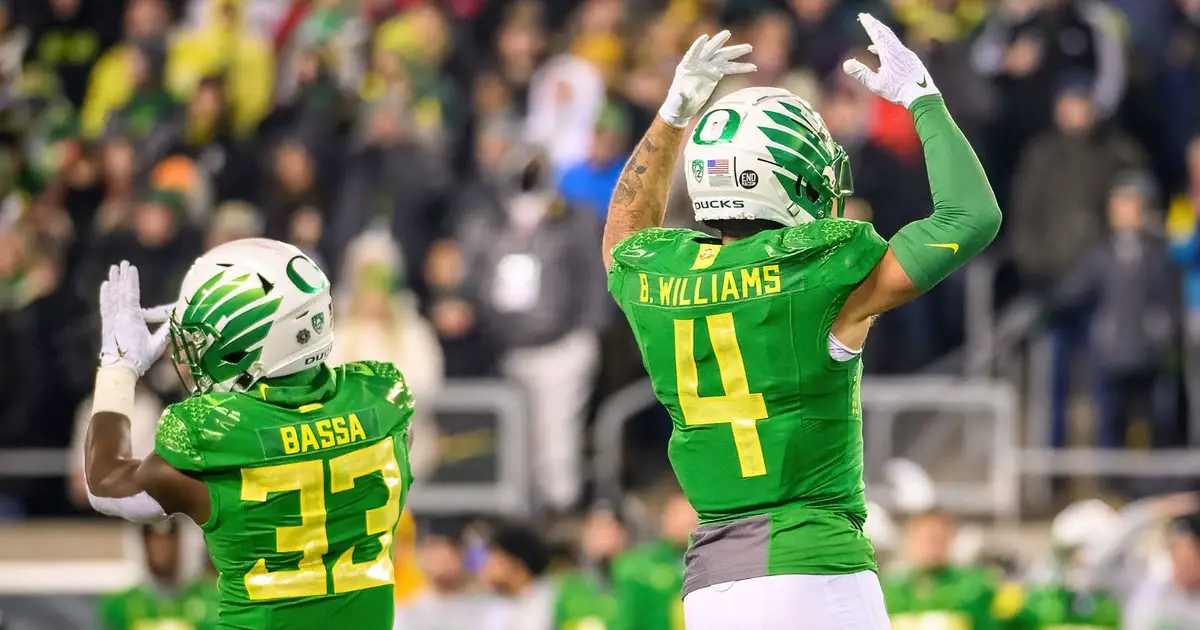There is a strange rule in College Football where a first-year head coach with a program has the ability to remove players from the football team, and the team will regain that scholarship right away. This rule has been used in recent years to help transform teams. In the case of Lincoln Riley and USC, we saw him cut enough players from the roster that he could bring in a whopping 26 players from the transfer portal, in addition to his recruiting class.
On the face of it, this rule looks bad for the student-athlete, and it is bad for the athlete part. Players being kicked off a team is never fun, but for the student side of things, this rule is actually great. As a student, they retain their scholarships and can continue to work toward their degrees even though they are no longer with the team.
The great tragedy of the Transfer Portal is how many student-athletes lose their scholarships as they dive into the transfer portal either by choice or from being nudged into it by their coaches. This year there have been more than 2,000 players who have entered the transfer portal, and according to On3’s transfer portal data only 63% of those players in 2022 have found a new home, though it is unclear whether they received a scholarship or are now a walk-on player. The 2023 data currently has just under 2,000 players in the transfer portal, but those who have found a new home has dipped to 57%. It is likely that the number of transfer portal players will continue to grow and the number of those players finding a new college will continue to decline.
It is this rule that will probably play a role in how Dan Lanning is going to trim the Oregon roster down to the 85-scholarship limit. As fans, we will probably never know which players were cut from the roster in this way unless we intently study the roster because they will probably not make an announcement that they are off the team and are now just students.

Sean Dollars opted to transfer this off season, and he was fortunate enough to find a landing place at the University of Nevada.
With the growing influence of the transfer portal and College Football’s free agency this is a rule that needs to be extended to all coaches, because it will allow those coaches to operate the way they need to in today’s football environment while also not causing undue harm to the student-athlete. These student-athletes are not looking at a career in the NFL, but there was a promise made from their Universities that they would receive an education if they came to play football on the school’s behalf. Their football services may no longer desired but the promises made and contracts signed should be honored.
Outside of first-year head coaches, coaches don’t have the ability to kick players off the team without a cause, as this would break the contract between student-athlete and University. However, Coaches are pushing players out of their programs by effectively telling some players that they won’t see the field and will be relegated to the scout team. Players in this situation really only have two options. One is to stay in the program and embrace their roles while knowing they will probably never see the field in a meaningful way. The second option is to enter the transfer portal and hope to find a team where they can contribute, but this is becoming statistically more unlikely for the majority of players.
There is currently one other way for a player to leave the team and still remain on scholarship at the university, and that is through medically retiring from football. The University will still honor the scholarship, but the player is no longer on the team and cannot come out of retirement for the school from which he retired. This makes this more complicated, as it is possible for a college athlete with eligibility left to come out of medical retirement — but it has to be at a different school. We saw this with Thomas Tyner when he retired from football at Oregon and then emerged at Oregon State for his last year of eligibility. But for a player to come out of medical retirement is rare, and this isn’t anywhere near the same problem as the transfer portal.

Thomas Tyner medically retired from playing football at Oregon and finished his degree while maintaining his scholarship.
Putting a Limit On This Rule
The current rule for first-year head coaches with a program allows a coach to remove any number of players he wants. In the pre-transfer portal world, this wasn’t a huge problem because the amount of recruits a program could bring in in any given year was limited. That forced coaches to make do with what they had. But we have already seen what can happen with first year head coaches in that they gut their roster to enable them to go into the transfer portal to go shopping for a better team.
For this rule to be made permanent it must have a ceiling on how many players can be kicked off the team and retain their scholarships to avoid programs from abusing it and kicking players off the team to enable them to go transfer portal shopping, or perhaps the bigger problem, exercise the option after they have already gone transfer portal shopping.
The problem would be determining what this number should be on a yearly basis.
Personally, I have found that 10 would make for a reasonable for number, though it feels on the high end because this should give student-athletes an option to remain as a student at their current schools under scholarship. There will still be plenty of student-athletes who opt to enter the transfer portal because that will give them a chance to play, but not all student-athletes will want to take the transfer portal risk — which is a very big risk. Coaches will still have to have the conversations with their players about the reality of seeing the field, but this empowers student-athletes who want to be students first.
College Football has started to feel more like a meat grinder where players are brought in and ground up and spat back out if they fail to live up to the program’s athletic standards. The notion of the student-athletes has been dying fast for years now and this feels like a way to focus on the academic and student side of the student-athlete. Is it a perfect solution? No; the transfer portal will still leave thousands of student-athletes without scholarships every year, but this could reduce that number.
The strange reality is that, in giving student-athletes the freedom to transfer once for free, it is actually hurting them more than helping the vast majority of them. It’s time for Universities and their athletic programs to live up to their academic promises they made to their student-athletes.
David Marsh
Portland, Oregon
Top Photo By Craig Strobeck

Natalie Liebhaber, the FishDuck.com Volunteer Editor for this article, works in the medical technology industry in SLC, Utah.

David Marsh is a high school social studies teacher in Portland, Oregon. As a teacher he is known for telling puns to his students who sometimes laugh out of sympathy, and being both eccentric about history and the Ducks.
David graduated from the University of Oregon in 2012 with Majors in: Medieval Studies, Religious Studies, and Geography. David began following Ducks Football after being in a car accident in 2012; finding football something new and exciting to learn about during this difficult time in his life. Now, he cannot see life without Oregon football.

